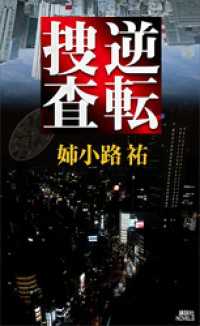Full Description
Transfiguring Women in Late Twentieth-Century Japan: Feminists, Lesbians, and Girls' Comics Artists and Fans examines three dynamic and overlapping communities of women and adolescent girls who challenged Japanese gender and sexual norms in the 1970s and 1980s. These spheres encompassed activists in the ūman ribu (women's liberation) movement, members of the rezubian (lesbian) community, and artists and readers of queer shōjo manga (girls' comics). Individually and collectively, they found the normative understanding of the category "women" untenable and worked to redefine and expand its meaning by transfiguring ideas, images, and practices selectively appropriated from the "West." They did so, however, while remaining firmly fixed on the local. Thus, for many, this ostensibly Western focus was not a turn away from Japan but integral to their understanding of being a woman within Japan.
Following broad historical overviews of the ūman ribu, rezubian, and queer shōjo manga spheres, the book takes a deeper look through the lenses of terminology, translation, and travel to offer a window onto how acts of transfiguration reshaped what it meant to be a woman in Japan. The work draws on a vast archive that encompasses early twentieth-century dictionaries, sexology texts, and literature; postwar women's and men's magazines and pornography; translated feminist and lesbian texts; comics and animation; and newsletters, fanzines, and other heretofore largely unexamined ephemera. The volume's characterization of the era is also greatly enriched by interviews with more than sixty individuals.
Transfiguring Women in Late Twentieth-Century Japan demonstrates that the transfiguration of Western culture into something locally meaningful had tangible effects beyond newly (re)created texts, practices, images, and ideas within the ūman ribu, rezubian, and queer shōjo manga communities. The individuals and groups involved were themselves transformed. More broadly, their efforts forged new understandings of "women" in Japan, creating space for a greater number of public roles not bound to being a mother or a wife, as well as a greater diversity of gender and sexual expression that reached far beyond the Japanese border.








